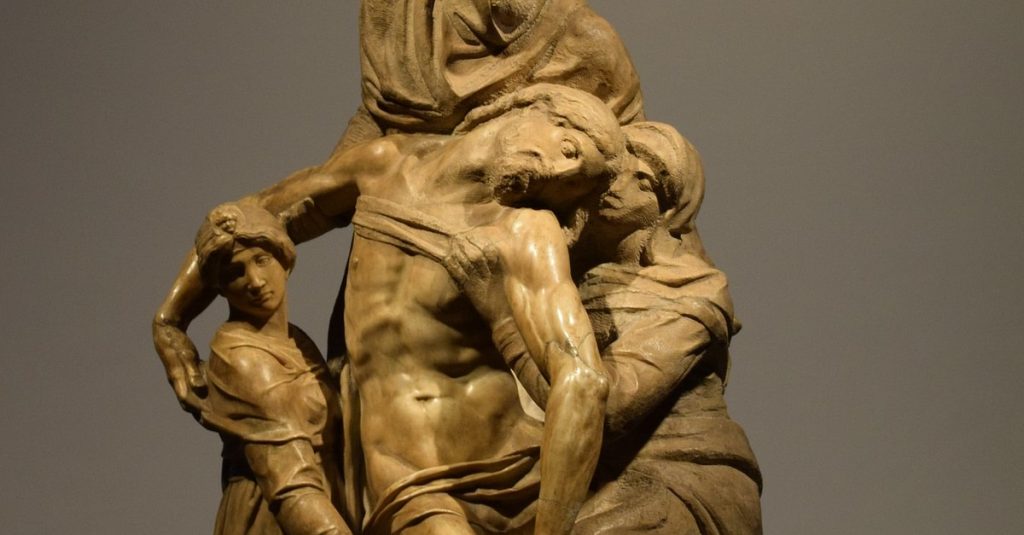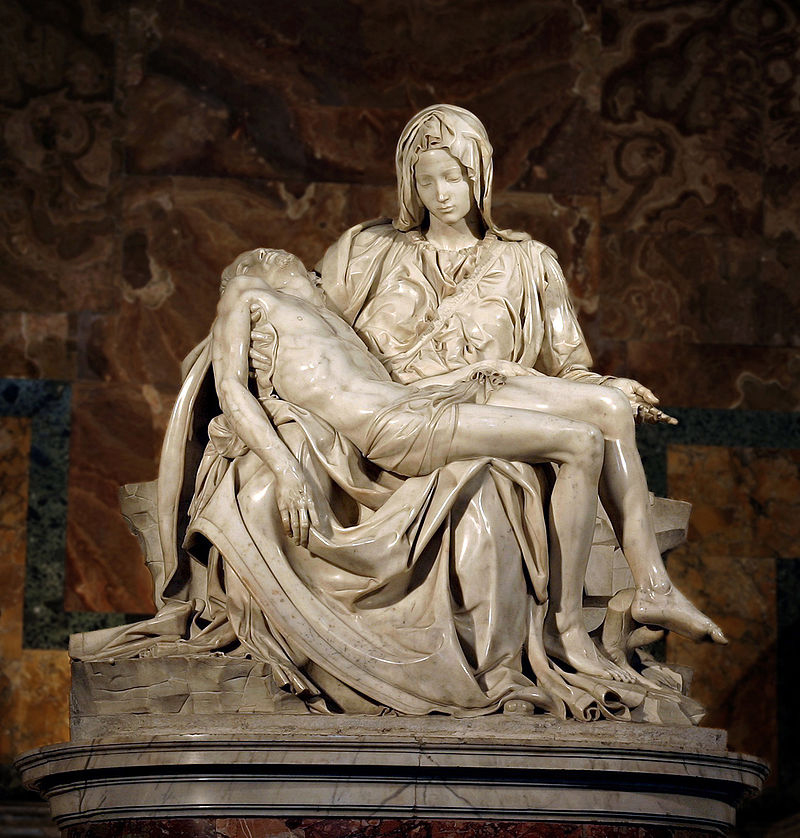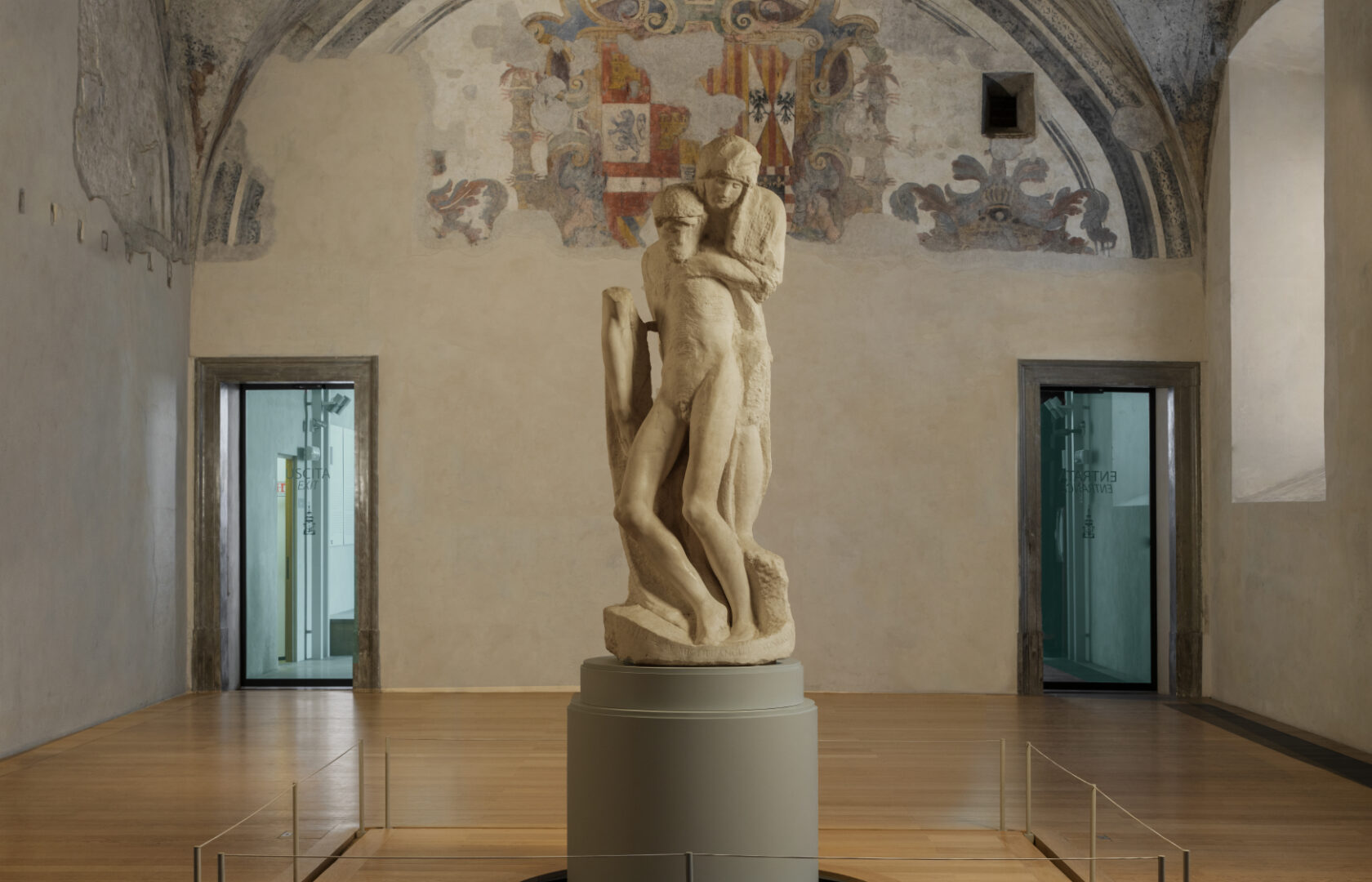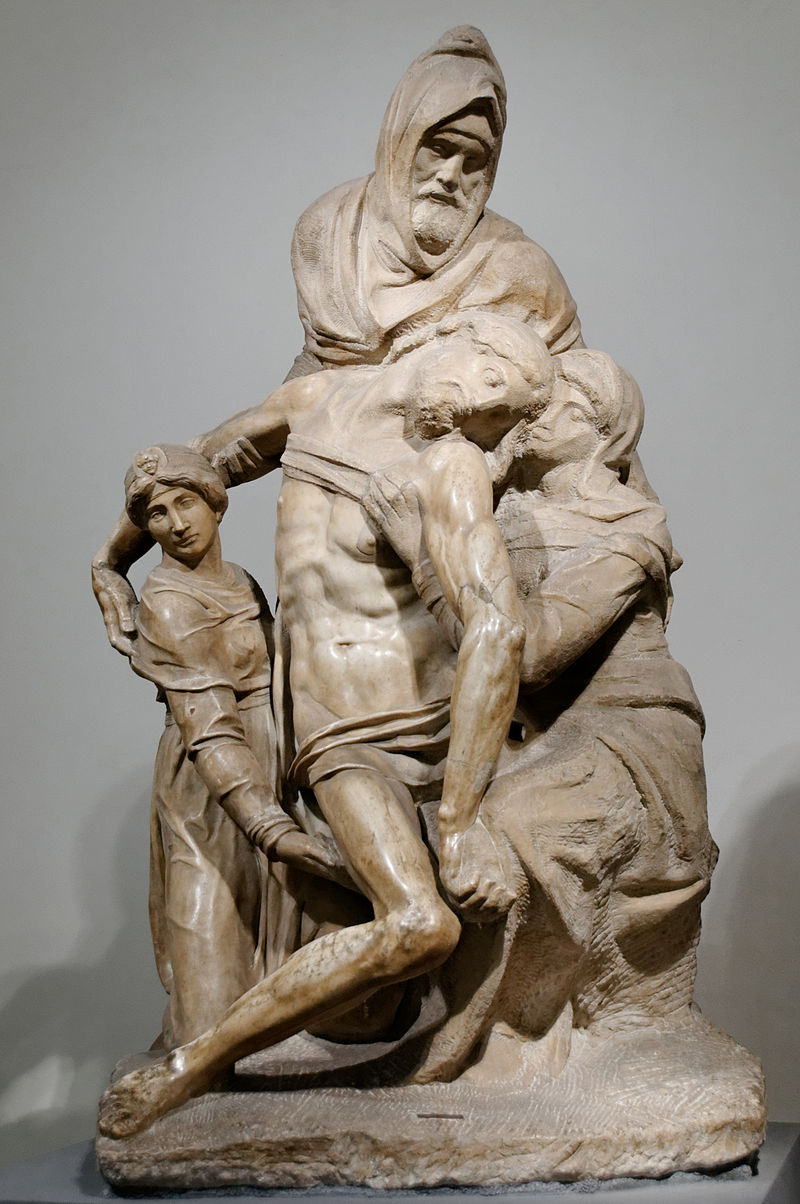Michelangelo is widely regarded as one of the greatest artists of all time, and his three sculptures of the Pietà are among his most iconic works. These Michelangelo’s Three Pietas depict the Virgin Mary cradling the body of Jesus after his crucifixion, conveying a sense of profound sorrow and beauty.
Sculpture 1: The Pietà in St. Peter’s Basilica
One of Michelangelo’s most famous sculptures is the Pietà housed in St. Peter’s Basilica in Vatican City. This masterpiece captures the Virgin Mary’s grief as she holds the lifeless body of her son Jesus. The intricate details and delicate expressions on both figures convey a sense of deep emotion and spirituality.
Sculpture 2: The Rondanini Pietà
The Rondanini Pietà is the last sculpture Michelangelo worked on before his death. Unlike his earlier Pietà works, this sculpture is unfinished and reflects a sense of movement and raw emotion. The figures of Mary and Jesus are more abstract and fluid, suggesting a sense of release and transcendence.
Sculpture 3: The Deposition Pietà
Michelangelo’s Deposition Pietà, located in the Cathedral of Florence, is a less well-known but equally powerful work. This sculpture depicts the removal of Jesus’ body from the cross, with the sorrowful figures of Mary, Mary Magdalene, and Nicodemus mourning his death. The expressions on their faces convey a sense of overwhelming grief and loss.
Exploring the Beauty and Emotion
Michelangelo’s Pietà sculptures are not only visually stunning but also emotionally resonant. Through his masterful technique and attention to detail, he is able to capture the rawness of grief and the beauty of faith. These sculptures invite viewers to contemplate the fragility of life and the enduring power of love and sacrifice.
In conclusion, Michelangelo’s Three Pietas are timeless masterpieces that continue to captivate and move audiences around the world. Through their beauty and emotion, they remind us of the universal themes of love, loss, and redemption that have inspired artists and audiences for centuries.





